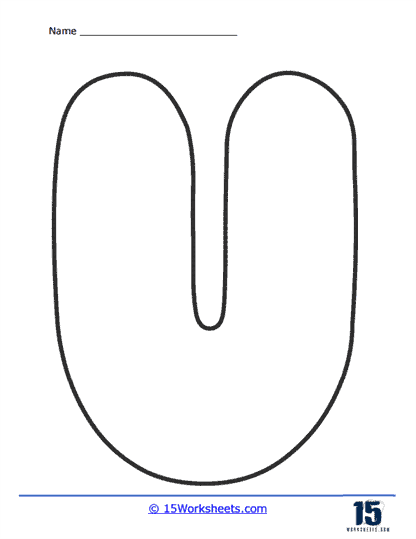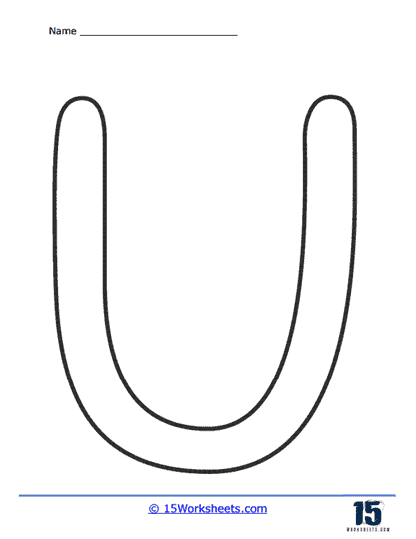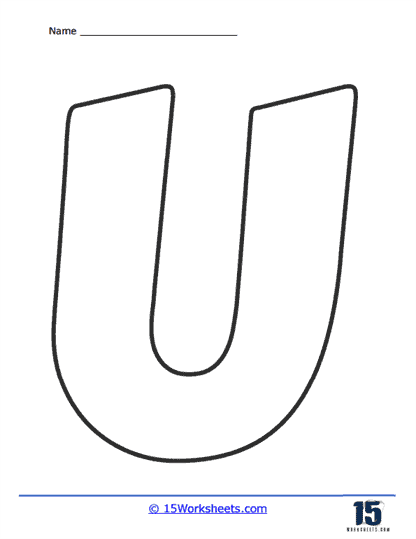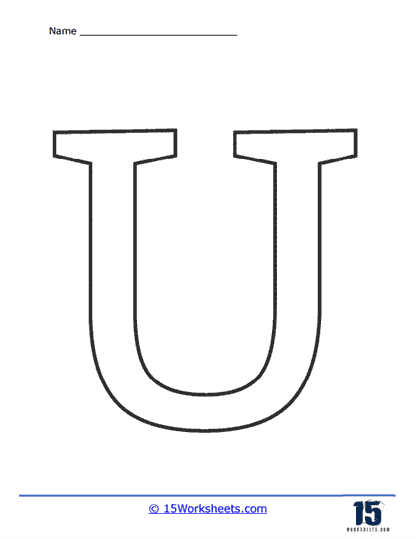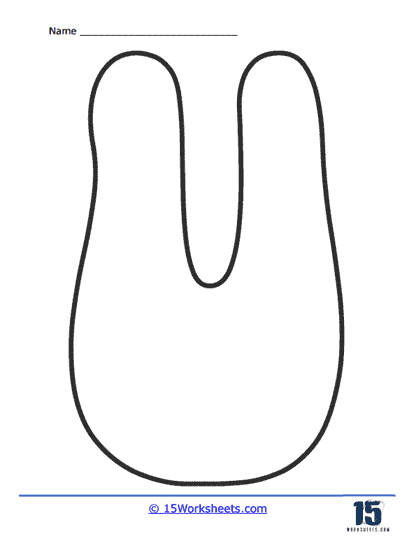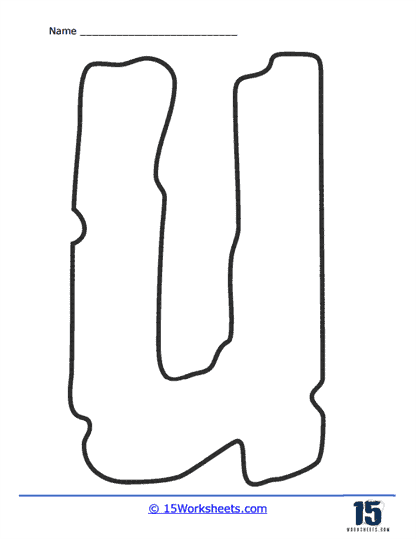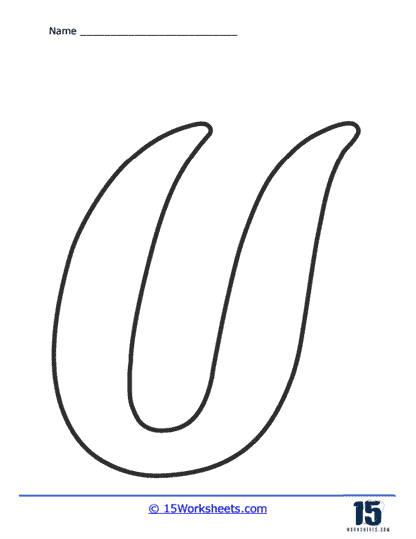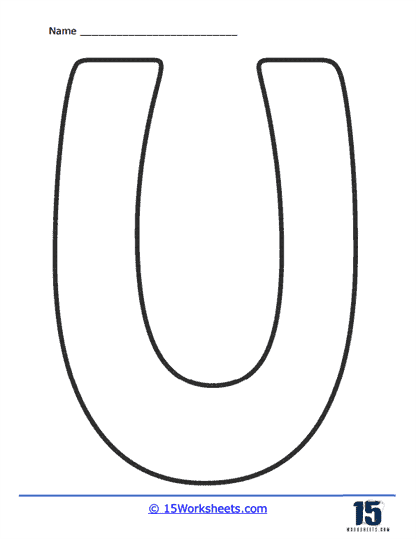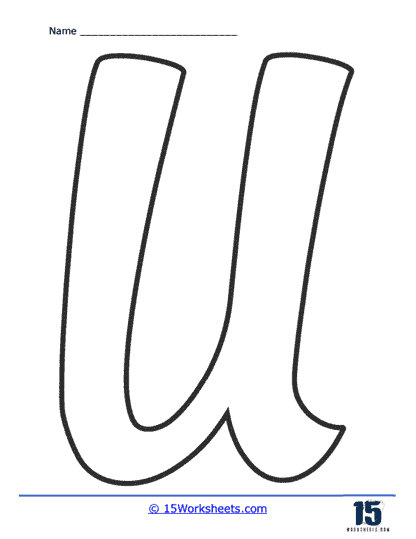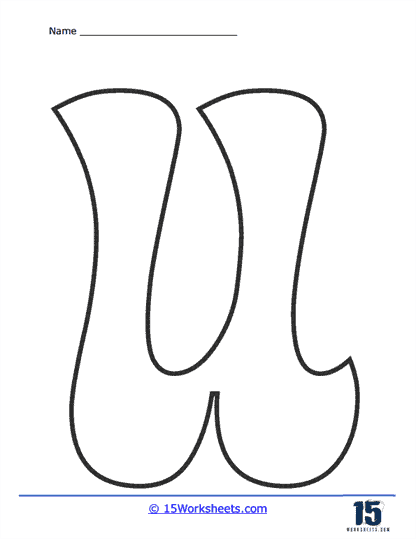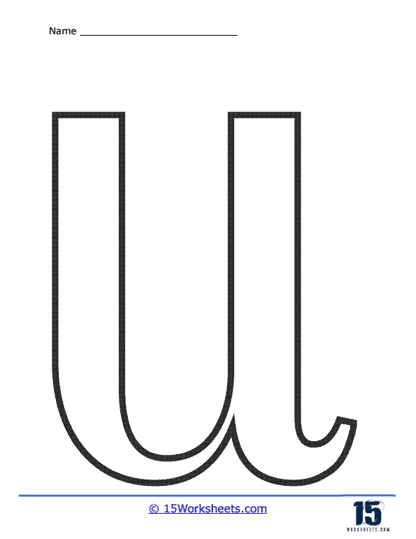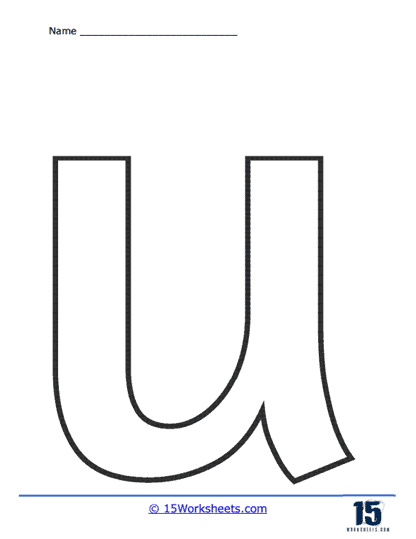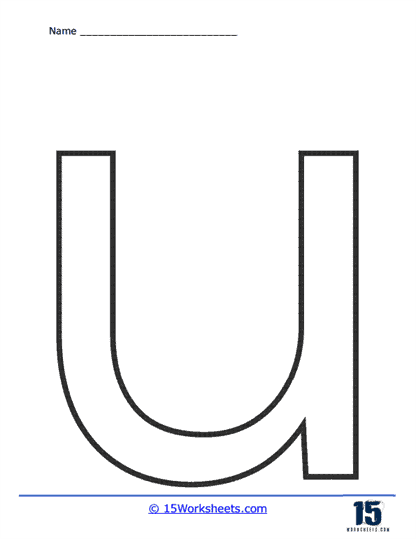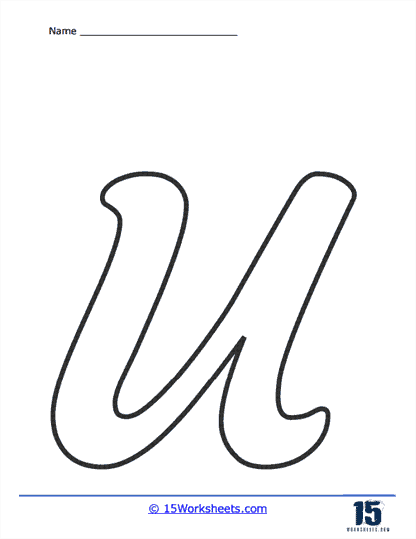Bubble Letter U Worksheets
All About These 15 Worksheets
Bubble Letter U worksheets act as invaluable educational instruments, both for students in their nascent stages of learning and for educators keen on employing interactive methodologies. These worksheets capture the essence of playful learning, transforming the often daunting process of letter recognition and writing into an enjoyable experience.
Coloring and tracing bubble letters, especially in the form of the letter U, offer myriad advantages. The primary one being multisensory learning. When children trace the contours of the bubbled letter U, they are not merely committing its shape to memory; they are ingraining its form into their muscle memory. The act of tracing helps students understand the nuances of each letter’s formation. Coloring, on the other hand, augments this experience. By allowing students to color the bubble letters, they engage more actively with the letter, associating it with enjoyable activities. This association is pivotal in making the learning experience positive and memorable. Furthermore, the tactile experience of manipulating crayons or pencils further refines their fine motor skills, which will be instrumental as they progress in their handwriting journey.
Integrating vocabulary into these worksheets can further solidify the letter’s presence in a student’s mind. For the letter U, words like “umbrella,” “unicorn,” “under,” and “up” can be seamlessly integrated. Each of these words can be pictorially represented alongside the letter U on the worksheets. As students trace and color the bubble letter, they can simultaneously be introduced to these words, deepening their connection to the letter and broadening their vocabulary. The illustrations serve a dual purpose: they reinforce the sound and usage of the letter U and provide a contextual framework which aids comprehension.
However, the formation of the letter U does come with its unique set of challenges. Its semi-circular, curvy structure can be somewhat tricky to master, especially for young hands that are just beginning to dabble in writing. Unlike straight-lined letters, U requires a smooth, consistent motion, which can be challenging for those still developing their fine motor skills. The upper-case U, with its longer curves, demands precision to ensure that both its curves are symmetrical and meet at the bottom. Similarly, the lower-case “u” requires a smooth upward and downward motion, which can be problematic for those not yet adept at controlling their writing tools.
Strategies To Help Students With The Letter U
Before letting students trace or write independently, guiding their hands through the motion can be beneficial. This hands-on method provides immediate tactile feedback and helps them understand the curve and flow required for the letter U. Encourage students to practice forming the letter U using different materials, like sand, rice, or even water paints. These varied textures can enhance their sensory experience, making the learning process more comprehensive and enjoyable.
Narratives can make the formation process more intuitive. For the letter U, a simple story or rhyme like, “Dive down deep, then come up and around” can be taught. Such mnemonic devices simplify the process, making it more memorable for young learners. Constructive feedback is essential. If a student’s curves are not symmetrical or if they struggle with the flow, immediate and gentle correction ensures that they do not internalize the wrong method.


